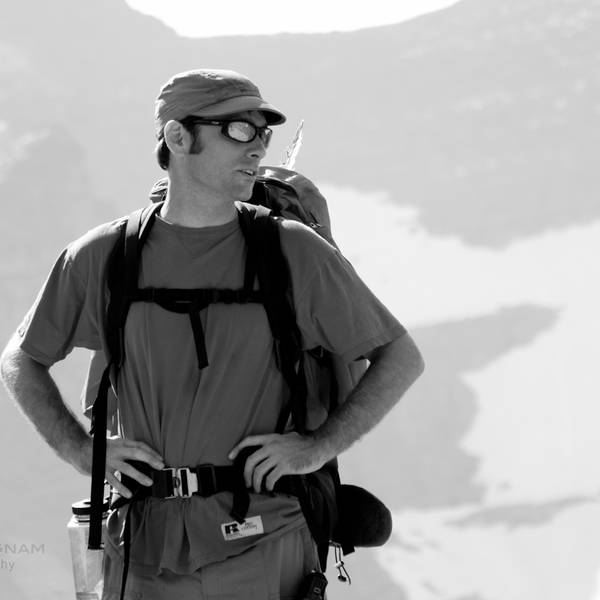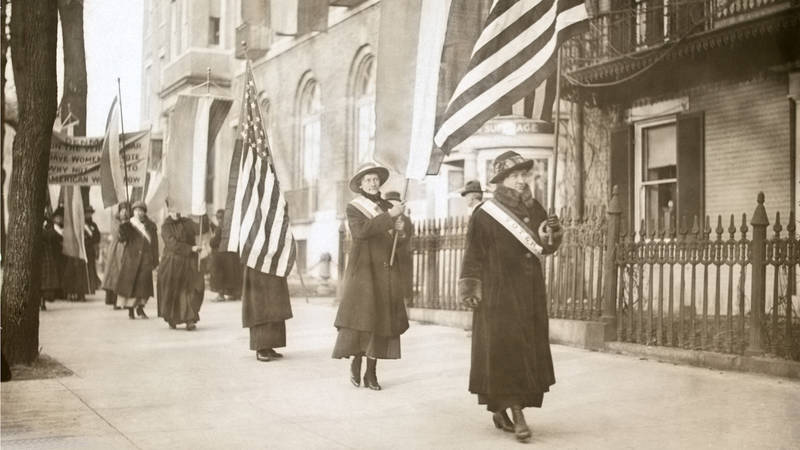Thanks to a recent purchase by the National Park Service, we can all remember the colorful story of an unusual couple from the early days of Glacier National Park.
He was a park ranger, a prospector, and a poacher—though not necessarily in that order.
She was a wanted woman, a wife, and a whiskey runner.
Now, thanks to a recent purchase by the National Park Service, their colorful story belongs to all of us.
Theirs is a yarn that begins way back in 1890—a full 20 years before Glacier National Park was a park—at a wild-West watering hole in McCarthyville, Montana, known as Slippery Bill’s Saloon. That’s where fur trapper Dan Doody met the famous Josephine.
Word was she’d shot a man down in Colorado (in self defense?) and had washed up on the shores of Montana’s wild and scenic Middle Fork Flathead River. In those days, a string of seedy railroad towns was sprouting up and down the line, and McCarthyville was among the most notorious. Slippery Bill’s was one of 32 saloons in a town without a doctor. Historians like to say you never knew how many had died in a McCarthyville winter until the snows melted out in the spring.
Dan spotted his dance-hall girl not long after she arrived in town, fell straight-away in love, and hauled her to his homestead. The spread covered 160 acres on the northern banks of the Middle Fork, smack-dab in what would soon be known as Glacier Park.
It was a fabulous spot, tucked into the confluence where Harrison Creek spills cold and clear into the whitewater churn of the Middle Fork Flathead River. The property was a refuge for Josephine, and also for the vast elk herds that tracked it seasonally from the river bottom to their high, south-facing winter range. The Doody place was a critical crossroads along an age-old corridor of predator and prey.
In 1910, when Glacier was established, Dan Doody was among the first rangers hired to patrol the park and its timeless flow of wildlife. But just as his property remained a private inholding, Dan remained something of a privateer himself, poaching from the park he was sworn to protect.
Josephine, meanwhile, fired up a still and began brewing the hooch that earned her a dubious distinction as the “bootleg lady of Glacier Park.” Railroaders with the Great Northern provided a steady stream of customers, blowing their whistles from across the river to signal the number of quarts they wanted delivered.
Dan, predictably, lost his post in the park within the year, fired for “excessive poaching.” He died in 1921, but Josephine stayed on at her beloved Glacier Park home. As decades passed—and her famous gold-nugget earrings stretched her ears into long, banana-shaped lobes—she insisted on firing the stills herself, with wood poached unapologetically from “her” park. Josephine died of pneumonia in 1936, at age 82.
The Doody Homestead has since passed through several hands, with the Park Service buying up bits and pieces along the way. But 120 acres remained in private ownership until late last week, when the ranch officially became part of the National Park System. Alongside partners such as the Trust for Public Lands, NPCA pressed hard for the $900,000 needed to close the deal. Ultimately, the exchange was made possible through the Land Water and Conservation Fund, an account supported by royalties from off-shore drilling contracts.
The purchase of the Doody spread fills in what has long been a missing link in the historical and natural continuity of Glacier Park—reconnecting wildlife to critical habitats, and communities to their unique Western history. Public ownership of this unique property really means shared ownership of our past—and it represents a down payment on our future, as well. And that, of course, is what America’s parks are all about.
I’d like to think Josephine would approve.
About the author
-
 Michael Jamison Crown of the Continent Campaign Director, Northern Rockies
Michael Jamison Crown of the Continent Campaign Director, Northern RockiesMichael joined NPCA’s Glacier Field Office in September 2010. As campaign director for NPCA’s Crown of the Continent initiative, Michael continues to expand his efforts to promote the narrative of the Crown and of the people who call it home.
-
General
-
- Park:
- Glacier National Park
-
- NPCA Region:
- Northern Rockies
-
-
Issues


